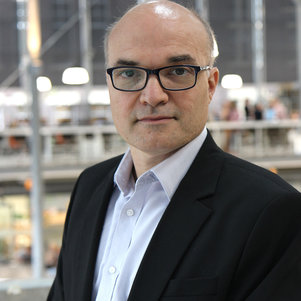Introducing Bio-composites
Bio-based composites provide promising low embodied-carbon alternatives to technical materials. They are made from renewable resources with carbon sequestration characteristics, and with significant reductions in waste treatment, landfilling and associated greenhouse-gas emissions. In this video, Professor Mauro Overend gives an overview of what bio-composite materials are made from as well as their fabrication methods.
Main Takeaways
- There is a growing interest in these bio-composite materials because they are relatively strong and cheap, they are produced from local renewable sources, and they can be completely recyclable.
-
Composites made from bio-based constituent materials, namely use natural plant fibres, which give the composite its strength and stiffness, and the matrix (or resin), which binds the fibres together and protects the fibres from the environment.
-
There are many alternative fabrication methods for bio-composites ranging from low tech methods to high tech ones.
